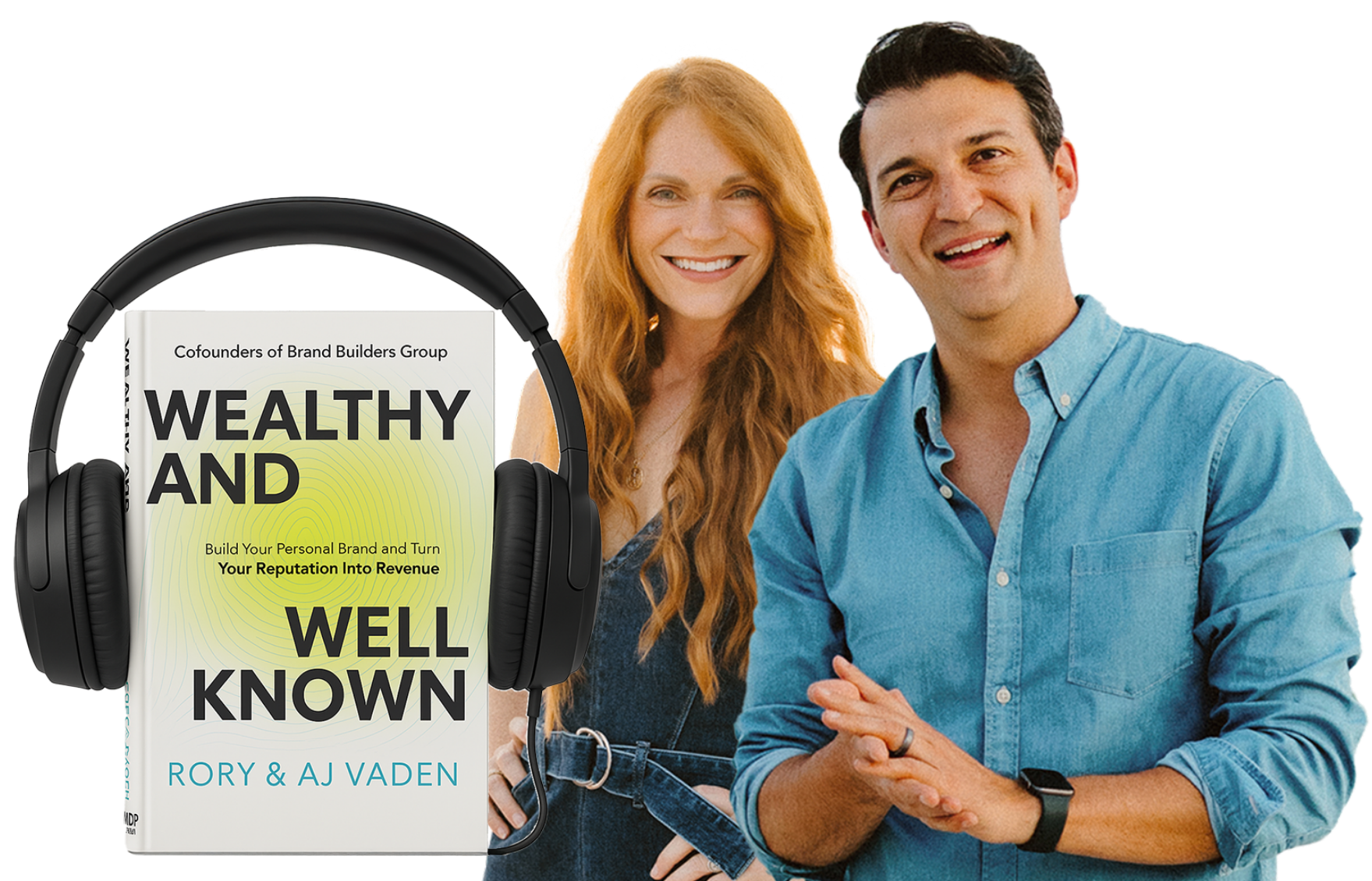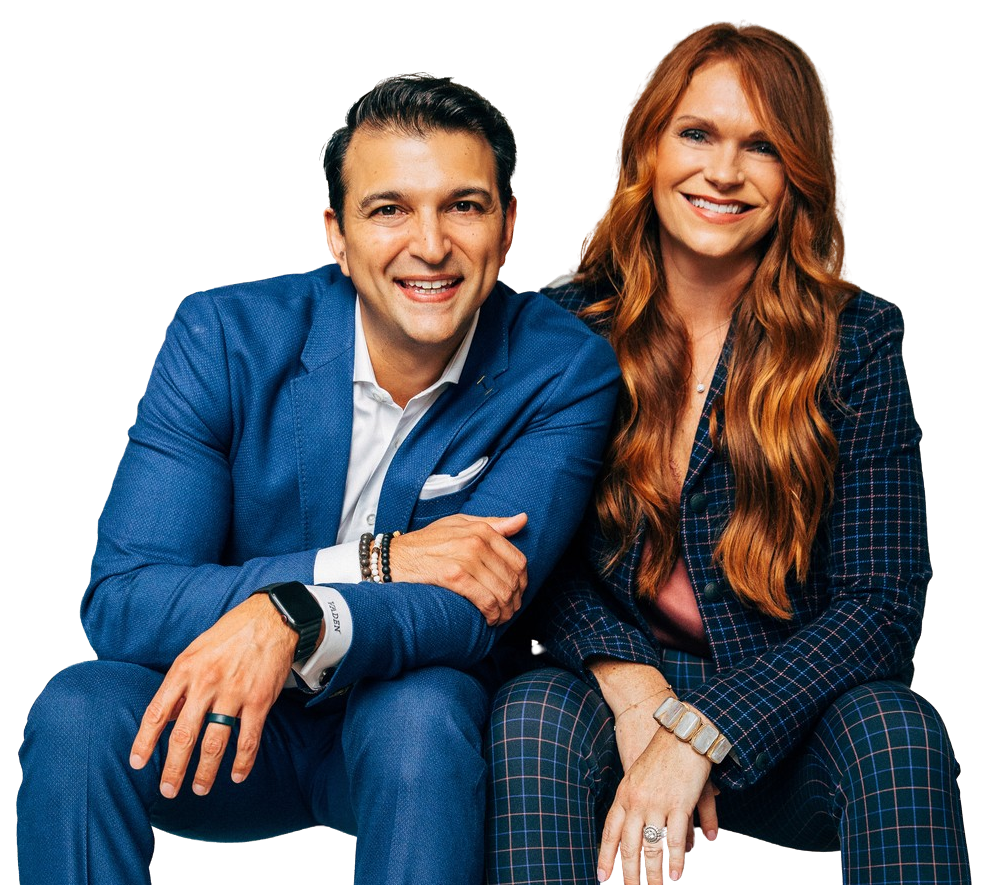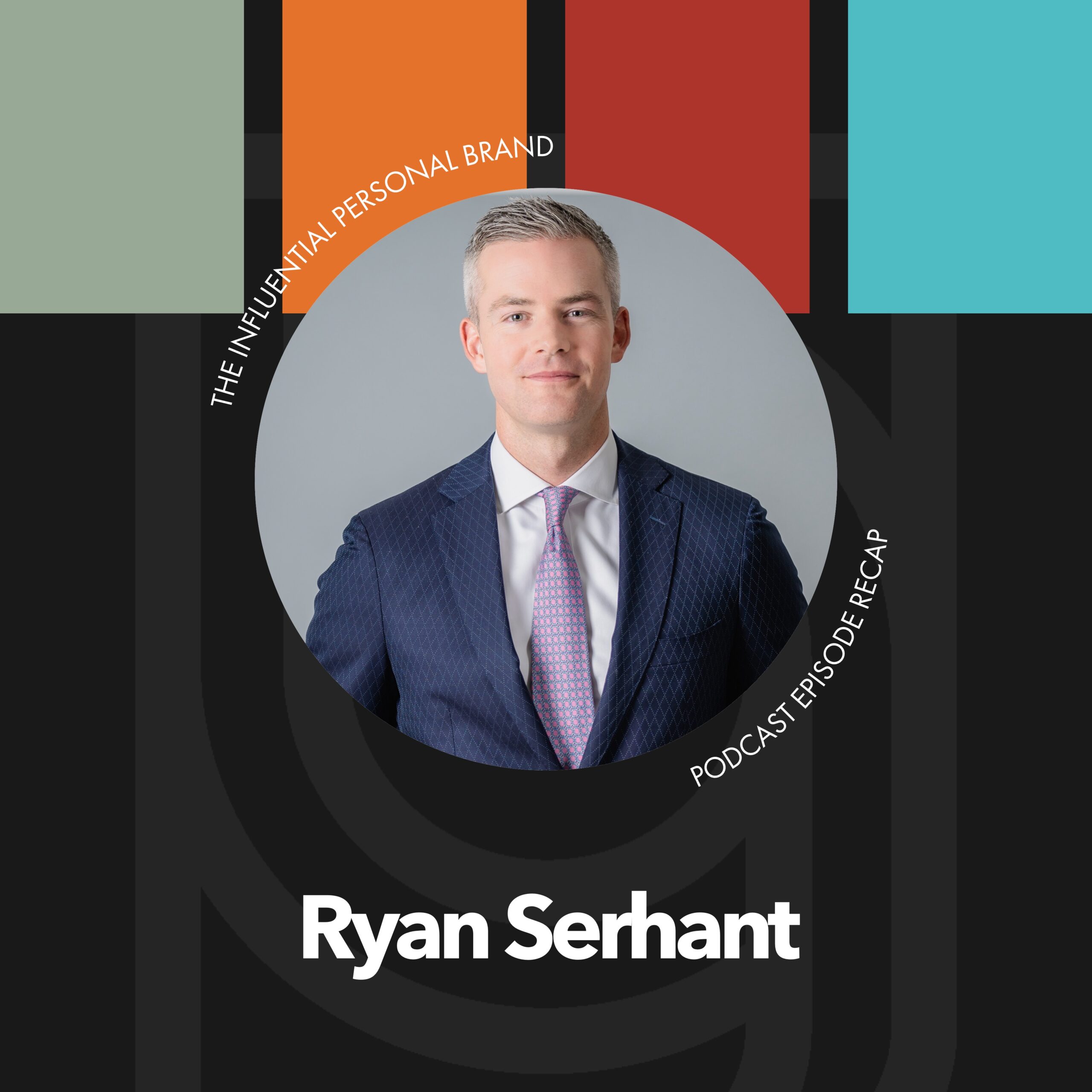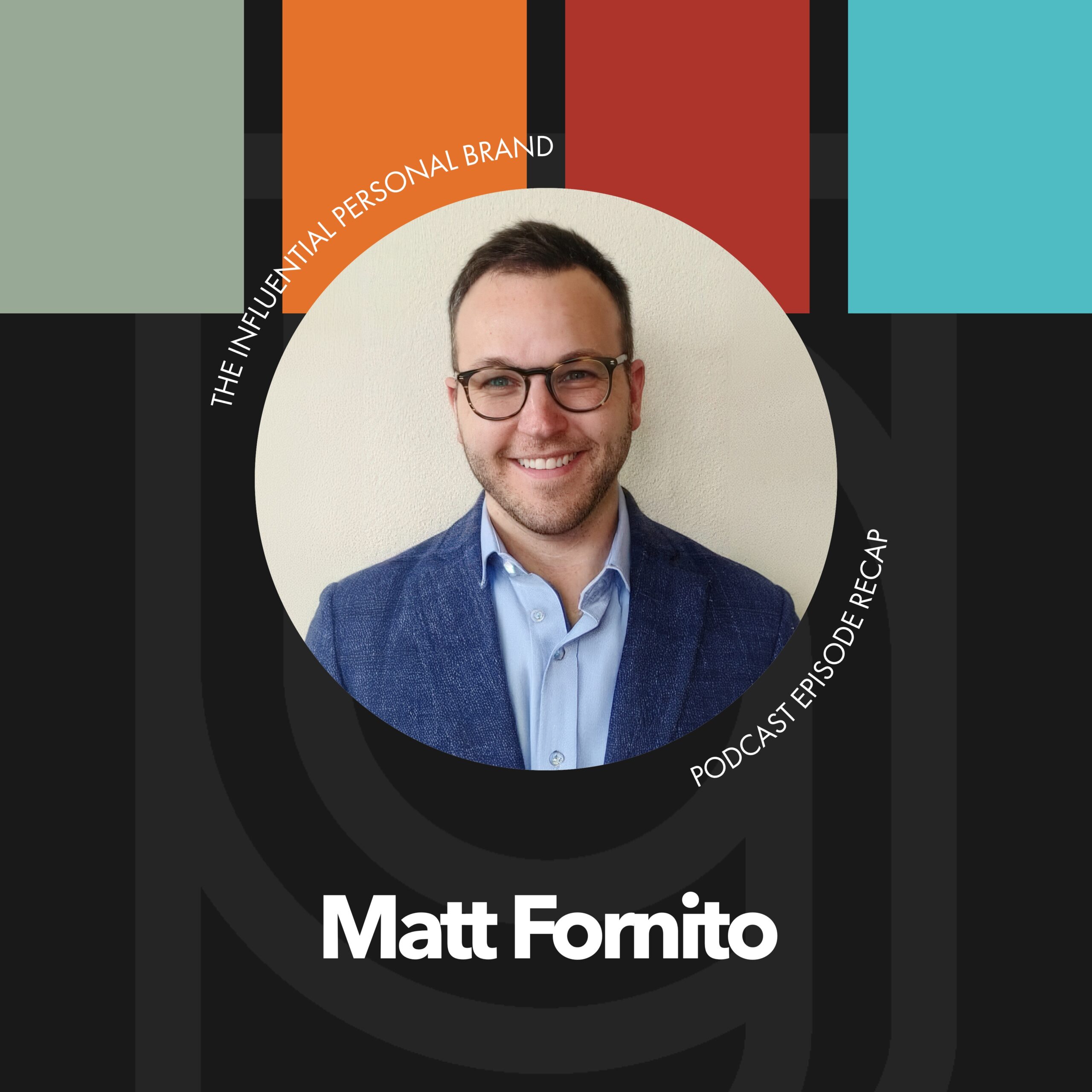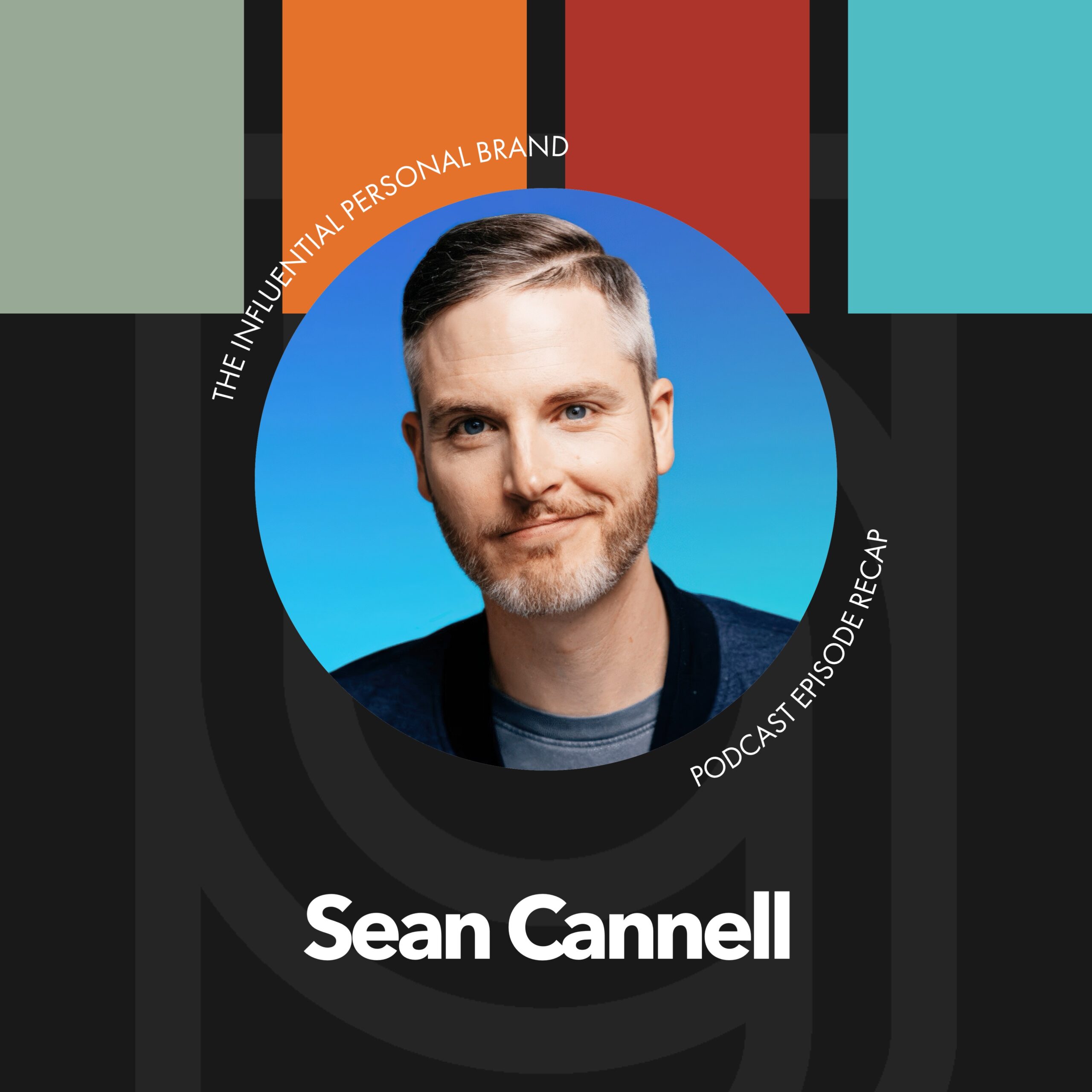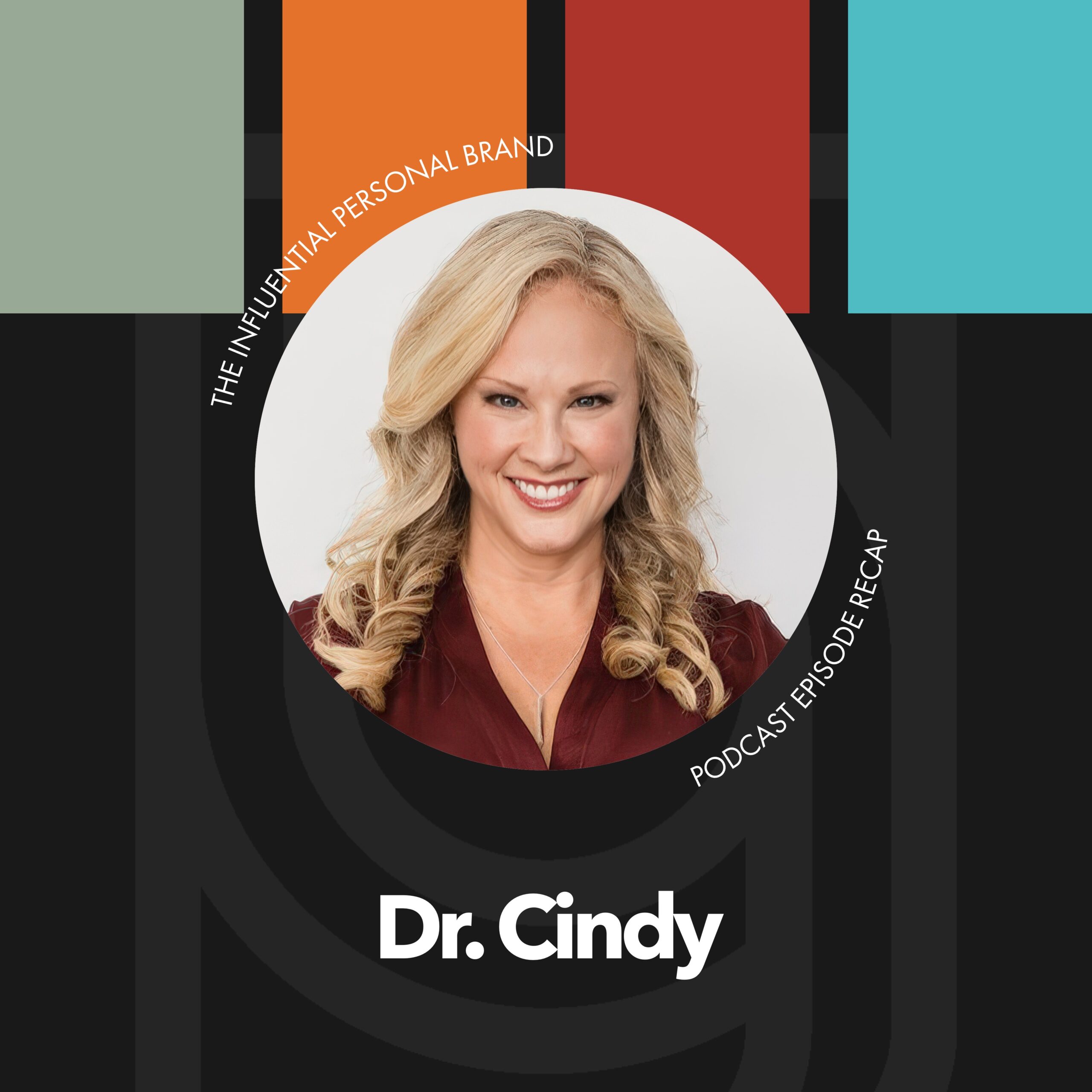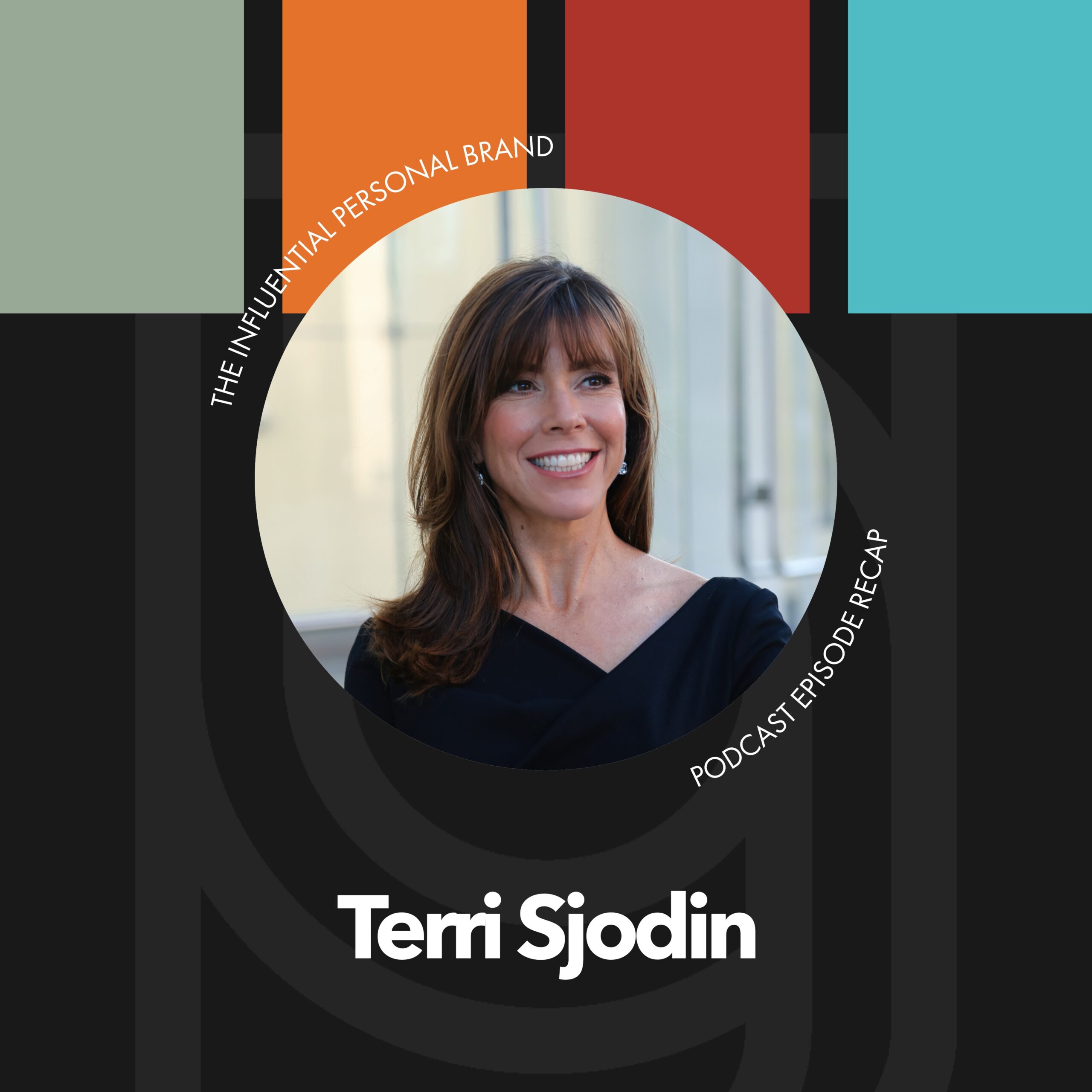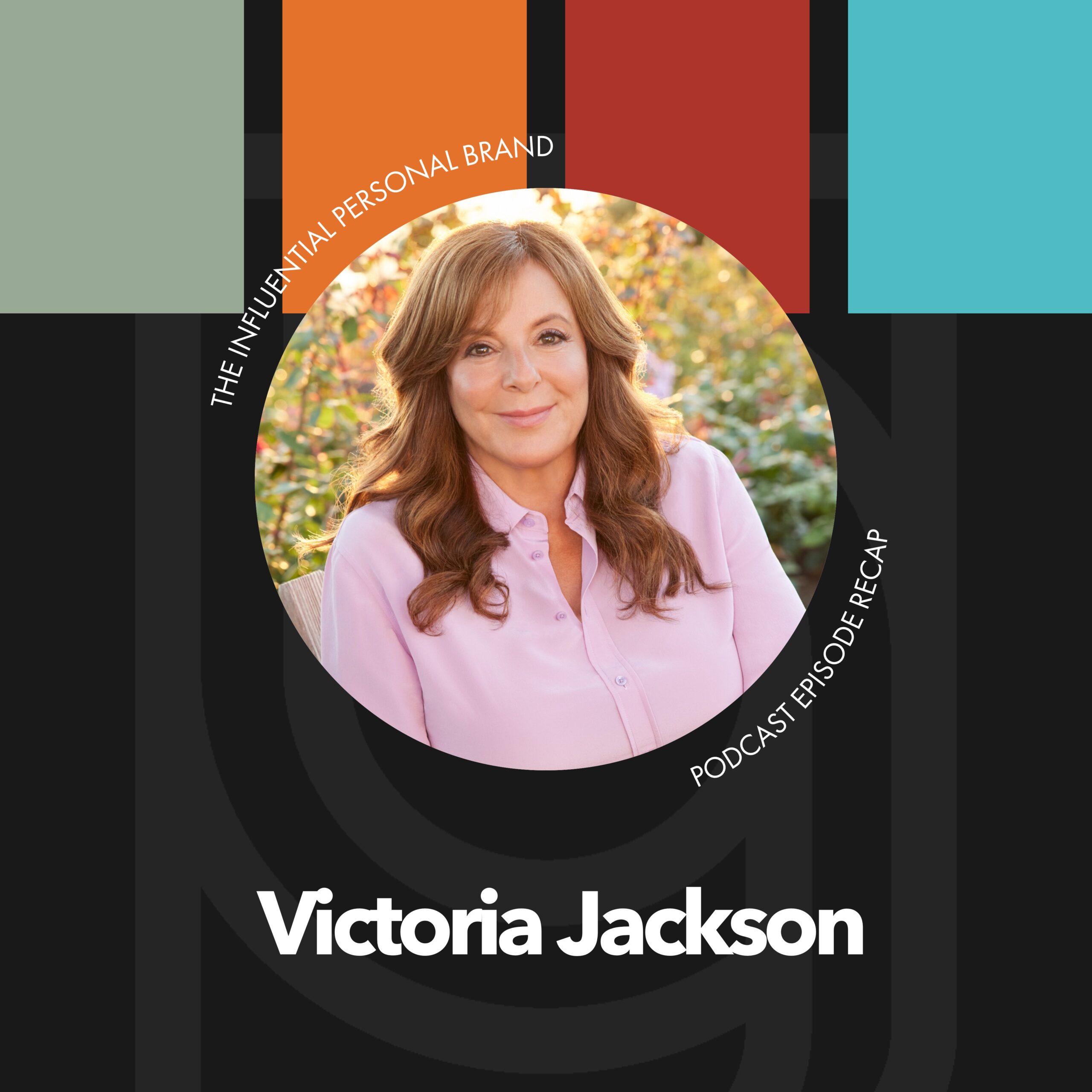RV (00:06):
Welcome to the Influential Personal Brand podcast. This is the place where we help mission-driven messengers, just like you learn how to build and monetize your personal brand. My name is Rory Vaden and I’m the co-founder of Brand Builders Group, a hall of fame speaker, and New York Times bestselling author. And this show is to help experts learn how to become more wealthy and well known. I know you’re gonna love it. Thanks for being here. Let’s get started. One of the biggest fears that people have is speaking in public. One of the things that will reduce your fear is realizing that the more you prepare, the less fear you’re gonna experience. So I wanna share with you and just walk you through the six step process that I personally use to prepare to customize every single presentation. Okay. So step number one is my pre-program questionnaire. My pre-program questionnaire is a set of questions that I have developed over the last 20 years of speaking all around the world.
RV (01:06):
And it’s a set of questions that I ask. And I realize that if I get the information, if I get the answers to these questions before I go out on stage, I can use the answers that the client gives me to customize certain parts of my program and presentation that’s unique just to their audience using their lingo, their language, their, their nomenclature, right? That the connecting it with terms that they understand that’s unique to them, even though it’s based in the principles of my content. The second step is the pre-event call. This is something I think should be mandatory for all speakers if you’re not doing it already, that you must do a pre-event call to plan your content with your client before you actually go deliver the program. And the key to this call is that you should not be talking, you should be listening, you should be asking questions.
RV (02:00):
And specifically what I do is I think of my program and I take the outline of my speech. And then for every core idea that I teach, like every technique that I teach, every big moment where I go, here’s a big idea, I ask the client on my pre-event call, how does this big idea apply specifically to your company, to your team, to your organization in this exact moment? And then whatever they tell me there is like, they’re giving me the answers to the test, I can take their answers, and then I drop that in during my presentation shortly after I teach that part, I customize it using the context that they have given me. It’s so simple and it’s so easy, but it creates a magical experience for the people in the audience. And it makes the people who hired you look like champions because it, it makes it look like they hired a speaker who spent years and years learning all about their company.
RV (02:57):
Really, it just took a few minutes and a couple key questions on a pre-event call. Now the third one is obvious review their website, right? So just go to their website and actually read what’s on their website. Very few speakers do, this is the easiest thing just to go to their website and look, which ties into number four, which also you would think is obvious. But so many speakers don’t do this because they’re lazy and they don’t take the time to customize their presentation at all, which is social media. Go to their social media profiles. You will learn more about a company from their social media profiles, like their cultures, their values, and what’s happening internally. You’ll learn more about it from looking at their social media feeds than you will from reading their website, right? Like their website is basically a stagnant brochure with a bunch of a bunch of fancy marketing speak.
RV (03:51):
Their social media is like the insider secrets of like what’s going on every day and what’s important to them and what they’re promoting like right now in this moment. So I always try to go look and see if they have social media. Step number five, this is one of the secret secret steps is to use the Google news function. So a lot of people don’t know this, but in the Google search bar, you can, you know, type in anything obviously. But underneath the search bar, there’s a specific little button that says news. And what it will do is it will search for that term only as it appears in the news. And the news is really, really valuable to learn things that are going on about that company from other people’s perspective, what’s the coverage they’ve had? Did they just go through a merger and acquisition?
RV (04:41):
Do they have a new CEO? Are they rolling out a new product? Those things you find easiest in the Google news search function. So make sure that you’re using that. And then number six, which is probably the, the best and the easiest of all, and still something to this day, it blows my mind that speakers don’t do this, is get to the venue at least an hour early before your presentation. Ideally a few hours. And I don’t just mean like you’re staying in the hotel that the presentation is at. I mean, go downstairs and sit in the back of the room. Listen to what people are saying, listen to the speakers before you listen to what people are complaining about. Has it been too hot? Is it too cold in the room? What did, did some speakers say something, you know, very controversial? Did they roll out a, a, a new program or a new plan?
RV (05:34):
And then find one or two nuggets from what people are talking about that morning or that day and pull it into your presentation. It doesn’t have to be genius. It doesn’t have to be complicated. You just have to reference something that signals to the whole audience. You’ve been paying attention. And the only way you could know that little tidbit of information was from being at the conference in a moment where you were not on stage. It’s really, really important that you do that. And I’m gonna share with you my extra special insider secret on this. The, the real thing that you want to be listening for is what we teach in our humor training. It’s called callbacks. Callbacks. We, we talk about nine psychological triggers that cause laughter in our formal training. One of them here is callbacks, and here’s how a callback works. These are, these are the easiest ways to be hilarious in front of an audience.
RV (06:35):
All you have to do is sit in the back of the room, listen to the, the, the, the main speakers before you, and listen for the moment when the entire audience laughs and whatever it was that made them laugh. All you have to do is reference that when you are back on stage later that day, or you know, that afternoon or the next day or whenever that’s called a callback. You don’t even have to be funny. You just have to reference back to the thing that was funny. You will look like a hero. Everybody will laugh. It’ll increase your confidence, and it’s the magic of customization. If you do these simple things, you’ll be better prepared, which means you’re going to deliver, and then you’re gonna get invited back and you’re gonna get referred to other places. This is one of the simple secrets of the best presenters in the world.

